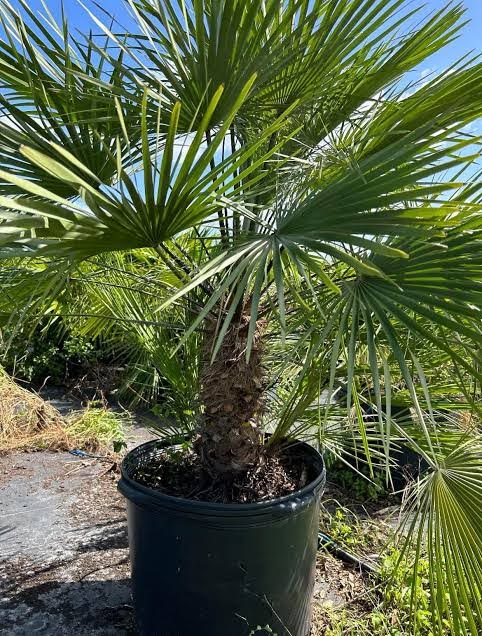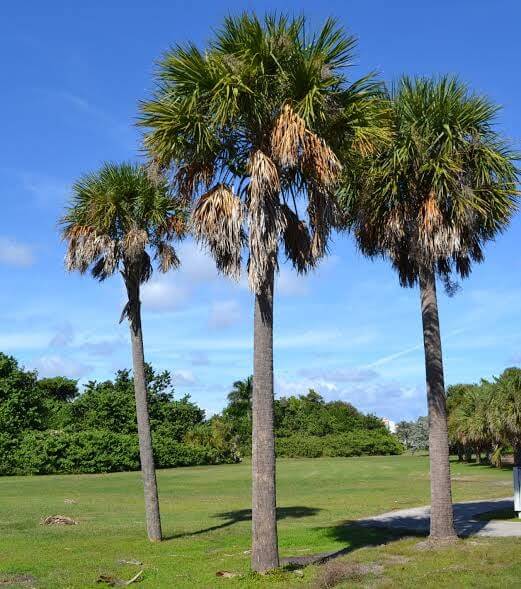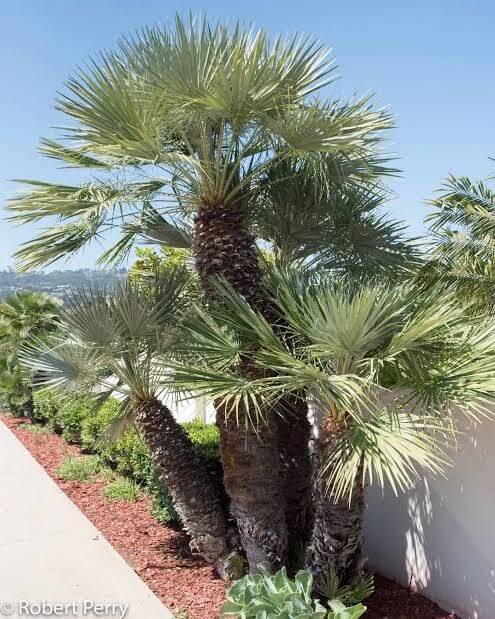1. Windmill Palm (Trachycarpus fortunei):
The Windmill Palm is a popular choice for landscapers in colder climates due to its hardiness and ability to tolerate temperatures as low as -10°F. It has a unique appearance, with fan-like fronds and a thick, fibrous trunk. This palm is also known for its ability to adapt to various soil types and light conditions. In general, windmill palms don't need much pruning or care. During dry spells, they could occasionally need to be watered and fertilized.








